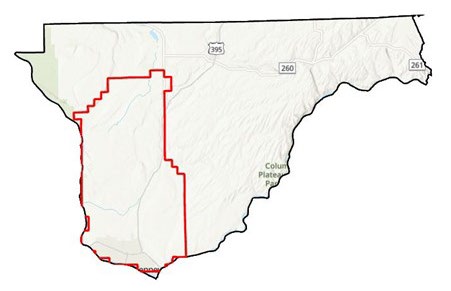The program's objectives include:
- Collecting data on the total number of wells sampled
- Identifying wells with detectable pesticides and/or nutrients
- Measuring pesticide concentrations
- Comparing detected concentrations to drinking water criteria
Regions are prioritized based on:
- Groundwater vulnerability
- Agricultural land density
- Soil and hydrogeological characteristics
- Existing monitoring programs
Key resources used to evaluate regions include data from:
- The Department of Ecology
- The Department of Health
- WSDA agricultural land use data
- NRCS soil and hydrogeological information
- The program is supported by the National Resource and Agricultural Sciences (NRAS), which aids with implementation and data collection.


